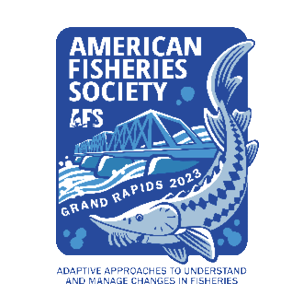The Best Student Paper & Poster (BSP) competition is a Society-level award sponsored by the Education Section of the AFS. A panel of judges evaluates pre-recorded talks before the AFS Annual Meeting so that winners can be announced at that time, during the Business Meeting.

Instructions for Award Participation
Who can apply?
Undergraduate, graduate, and recently graduated students (<1 year post-graduation) that would like to present at the annual AFS meeting about projects at or nearing completion are eligible to apply.
How to apply?
Students must first submit an abstract through the meeting website, to present at the AFS Annual Meeting by the official deadline. To participate in the Best Student Paper/Poster (BSP) competition, applicants then choose to submit either a paper (oral) or poster presentation. For paper participants, an extended abstract is required. Poster participants need only submit the standard abstract. Both paper and poster presenters must have support of their major advisor indicating that the study is at a stage appropriate for this award (at, nearing, or recently [<1 year] completed). Finalists will be selected from a panel of judges who evaluate abstract submissions. Those finalists will then be invited to submit a pre-recorded presentation for final judging. Oral presentations will be of 15-minute duration; poster presentations will be 5 minutes. Judging will occur prior to the annual meeting, and winners will be announced at the AFS Business Meeting.
Applications must be submitted through the online application form below by July 13, 2024.
Extended Abstracts:
Extended abstracts should follow a manuscript-style format, including introduction, methods, results, and discussion. The inclusion of tables and figures to depict results is welcomed. The intent of the extended abstract is to ensure judges select finalists who have the most compelling research project to discuss in the final presentation competition. The maximum page allowance for extended abstracts is 3 pages. Please see examples below to help guide your extended abstract creation.
Extended Abstract Examples
Best Student Presentation and Poster Judging Sheets

